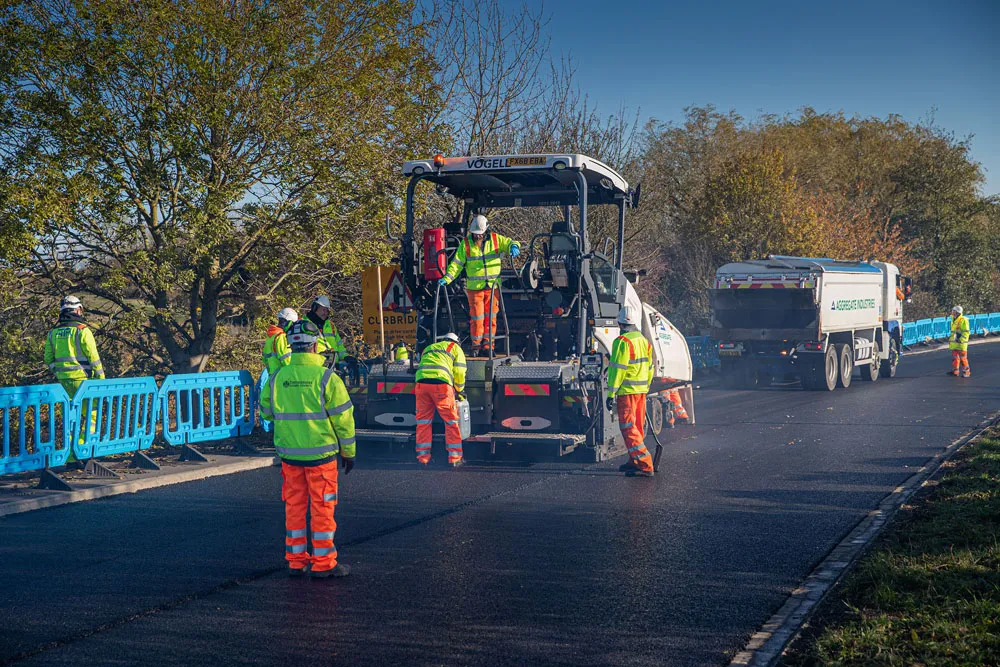The US $ 637.36 million (£ 395mn) Aberdeen Western Peripheral Route (AWPR), a scheme that will see the construction of a trunk road around the outskirts of the northern Scottish city, has been given the go ahead by the Supreme Court. The scheme was green lighted after the Supreme Court dismissed objections filed by William Walton, the chair of the Road Sense campaign group. Walton claimed the government failed to comply with correct procedures when devising the route, which also includes a link between the
October 26, 2012
Read time: 1 min
The US $ 637.36 million (£ 395mn) Aberdeen Western Peripheral Route (AWPR), a scheme that will see the construction of a trunk road around the outskirts of the northern Scottish city, has been given the go ahead by the Supreme Court.
The scheme was green lighted after the Supreme Court dismissed objections filed by William Walton, the chair of the6788 Road Sense campaign group. Walton claimed the government failed to comply with correct procedures when devising the route, which also includes a link between the new road and the town of Stonehaven. Work on the new road is expected to be completed in 2018.
The scheme was green lighted after the Supreme Court dismissed objections filed by William Walton, the chair of the








